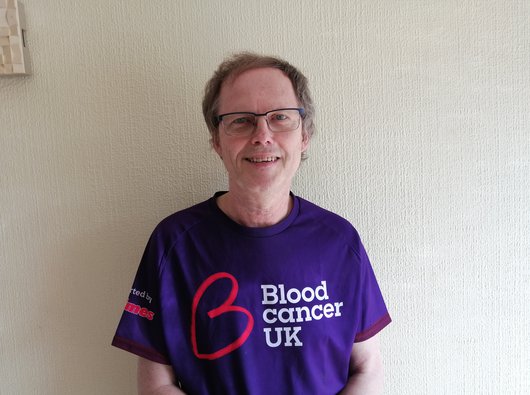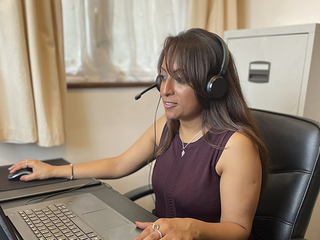Side effects of CLL treatment
The side effects of treatment for CLL will depend on which treatment you have and how it affects you personally.
What are side effects?
Side effects are unwanted effects caused by having treatment. Any medicine can potentially cause side effects, but not everyone will have them.
Everyone reacts differently to treatment, so two people having the same treatment may not have the same side effects, and some people don’t have any at all. But if you do notice a change in how you’re feeling, tell your hospital team straight away. There are medicines and self-help tips that can help you feel better. And the sooner you tell your team, the sooner they can help you.
It can also be helpful to talk to other people with blood cancer about side effects. Head to our online community forum where you’ll find people who are happy to share what worked for them.
You may also want to read our general information on common side effects of blood cancer treatment.
The risk of infection
People with CLL are at higher risk of infection from germs like viruses, bacteria and fungus. Treatment can also increase the risk of infection, so it’s very important to make sure you know what the symptoms of an infection are, and who to report to if you feel unwell in any way.
You can also read our page on CLL and infection.
"When I was diagnosed, treatment involved chemotherapy which often had extremely unpleasant side effects. Now many of the targeted therapies are much kinder and offer a good quality of life."
David, living with CLL since 1997
Find out more about how our research has helped people with CLL

Finding out more
If you want detailed information about the side effects of particular drugs, talk to your hospital team. They will tell you what to look out for and may be able to give you written information.
You should be given a patient leaflet with any drugs you have. This lists side effects according to how common they are. You can also find these leaflets online on the EMC (Electronic Medicines compendium) website.
It can be alarming to read a long list of side effects, so do remember that these are listing every possible effect and don’t reflect what will happen to you.
Talk to your hospital team or our Support Service if you are worried about side effects.

Worried about anything or have questions?
If you need someone to talk to, please don't hesitate to contact our Support Service by phone or email.
